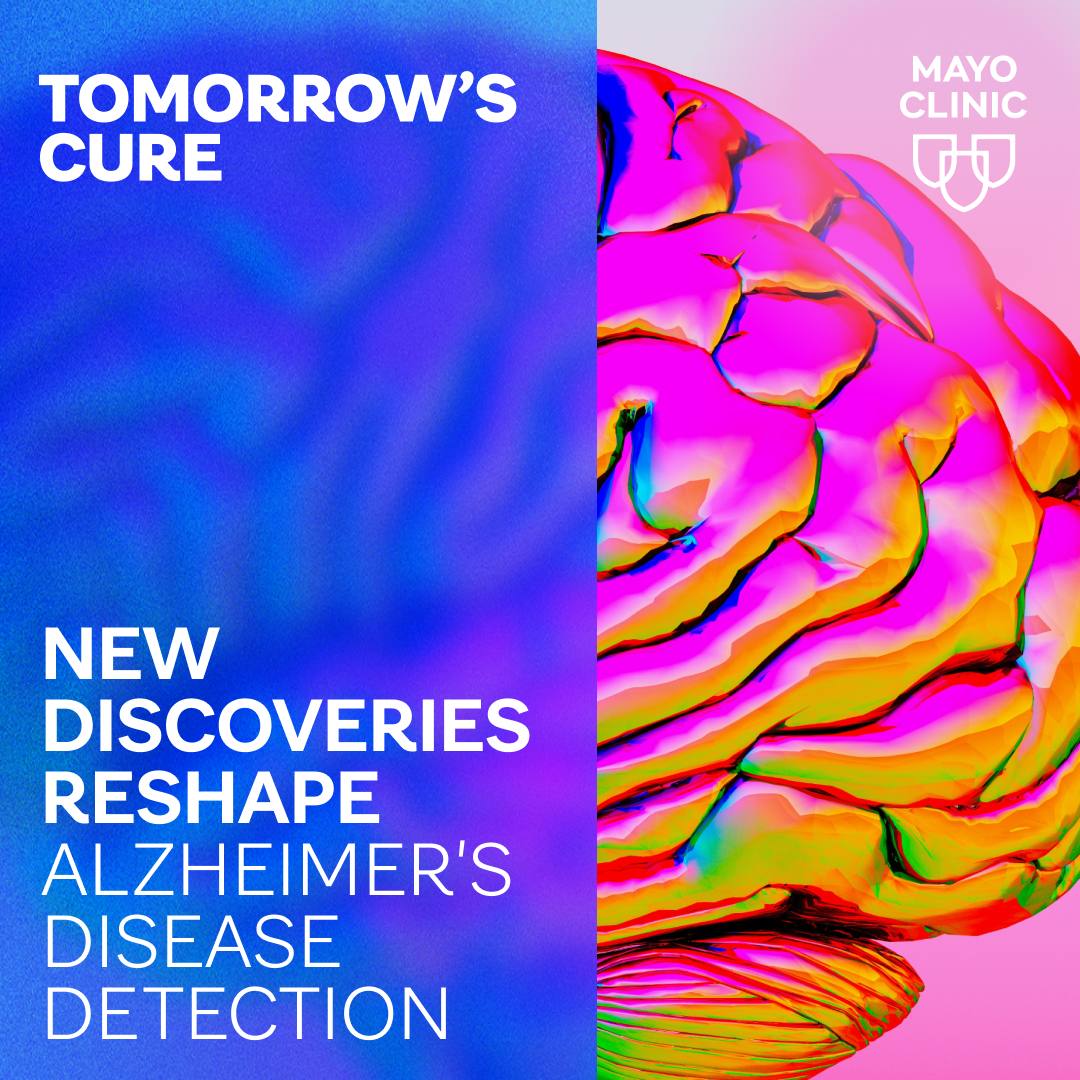-
Mayo Clinic expert offers tips to prevent, manage headaches, from migraine to ‘rebound’

PHOENIX, Ariz. — Headache disorders are among the most common health problems worldwide and one of the most underdiagnosed and undertreated, according to the World Health Organization (WHO). In this expert alert, neurologist Amaal Starling, M.D., a headache and migraine expert at Mayo Clinic in Phoenix, offers tips to prevent and manage headache disorders, including migraine and medication-induced rebound headache.
There are more than a dozen different types of headache disorders. The most common disabling headache disorder is migraine. It affects more than 1 billion people around the globe, including 1 in 5 women, 1 in 11 children and 1 in 16 men, and according to WHO, is one of the world’s most disabling diseases, Dr. Starling says.
Migraine disease can differ depending on a person’s stage in life, she says.
“Infant colic is thought to be the infant variant of migraine. Abdominal migraine and cyclic vomiting syndrome are migraine variants that are common in children,” Dr. Starling says. “More classic migraine attacks occur throughout adulthood. In the older adult, the pain associated with migraine lessens; however the associated features such as light sensitivity, sound sensitivity, nausea, vomiting, or aura may be more prominent.”
Despite advances in treatment and prevention options, migraine remains underdiagnosed and therefore undertreated, Dr. Starling says. If someone has head pain that makes it difficult to function, odds are that it is migraine; often people think they have sinus headache when it is really migraine, she says.
Migraine is a primary headache disorder, meaning it is caused by abnormal function in the brain. Unlike secondary headache disorders, it may not be a symptom of an underlying illness such as an infection or a tumor.
Other common primary headache disorders include cluster headache, which occurs in bouts of attacks lasting from weeks to months and typically includes intense pain lasting up to three hours in or around one eye; and tension headache, which usually comes with mild to moderate pain and can be chronic.
Some primary headache disorders are associated with certain activities, such as cough headache, sex headache and exercise headache. They also can be triggered by drinking alcohol, eating certain foods such as processed meats containing nitrates, lack of sleep, poor posture, stress and missed meals.
“Migraine triggers are very individualized. A trigger for one patient may not be a trigger for the next patient,” Dr. Starling says.
“In general, I recommend eating an anti-inflammatory Mediterranean-style diet with fruits, veggies, nuts, legumes; eating foods high in magnesium, eating whole foods, and avoiding processed foods and fasting,” she says. “More recently there has been some data that recommend consuming more omega-3 fatty acids by eating fatty fish such as salmon, sardines, and mackerel.”
Overuse of pain medication, including taking nonprescription analgesics such as aspirin and acetaminophen or prescription medications such as opioids and some migraine medications more than twice a week, can trigger rebound headache, also known as medication overuse headache.
“If someone is having migraine attacks four or more times a month, it is time to consider preventive treatment,” Dr. Starling says. “If someone has infrequent migraine attacks, occurring less than four times per month, a migraine-specific treatment as needed may be more effective than over-the-counter analgesic medications such as ibuprofen.”
New treatments for migraine include the discovery of a new family of preventive medications that target one of the body’s systems believed to be a culprit, the calcitonin gene-related peptide system, and the development of medical devices to treat migraine, she says.
If patients have head pain that is reducing their ability to function, rather than diagnosing themselves and self-medicating, it is best to see a health care provider for help managing symptoms, Dr. Starling says.
“Over the past several years there has been an explosion of treatment options for migraine attacks and migraine prevention,” she adds. “We have many treatment options to improve the lives of those living with migraine.”
###
About Mayo Clinic
Mayo Clinic is a nonprofit organization committed to innovation in clinical practice, education and research, and providing compassion, expertise and answers to everyone who needs healing. Visit the Mayo Clinic News Network for additional Mayo Clinic news.
Media contact:
- Sharon Theimer, Mayo Clinic Public Affairs, newsbureau@mayo.edu







